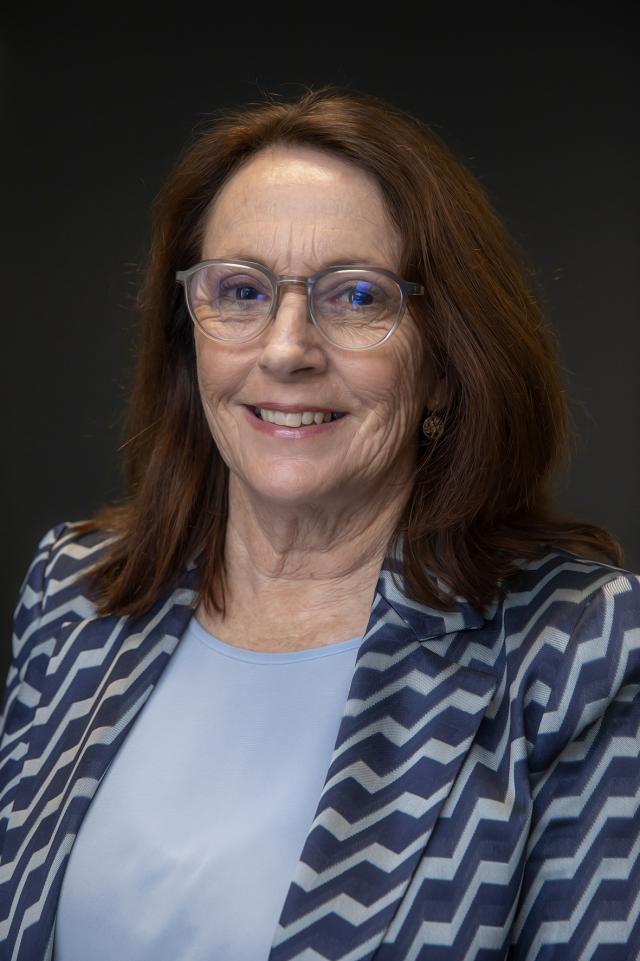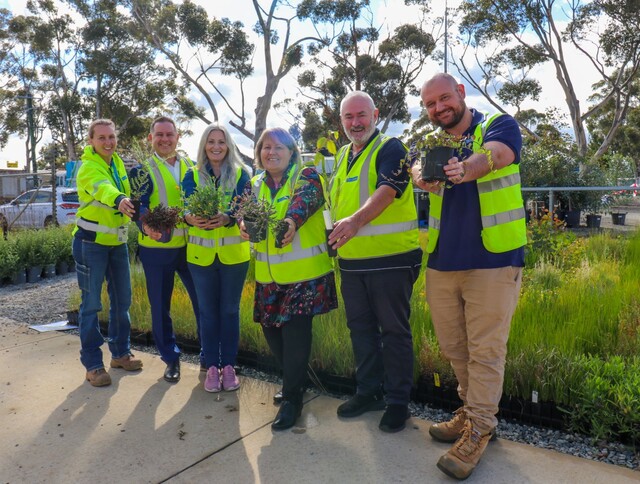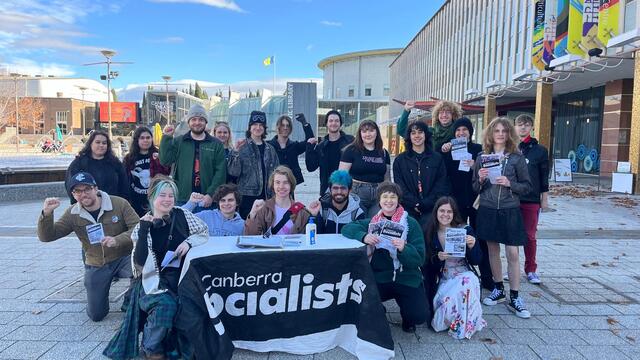December’s Conference of the Parties (COP16) International Conference on Climate Change in Cancun Mexico was a far cry from the 2009 COP15 in Copenhagen, Denmark, where more than 100 world leaders and a media frenzy stole the show.
Perhaps it was the underwhelming outcome of Copenhagen, where agreement on an acceptable level of temperature increase failed to be reached, that this time saw world leaders send their environment ministers instead.
Journalists were also few and far between, with barely a word of the conference trickling down through international news outlets.
However, the lack of hype enabled the world’s environment experts to get down to business, talk in depth about the issues at hand and strike a deal to keep global temperature rise below two degrees celsius – a temperature that is commonly agreed by the worldwide scientific community as the threshold above which the consequences of climate change become irreversible.
The 194 national delegations in Cancun also agreed to establish a Green Climate Fund to help developing countries deal with climate change; a mechanism to reduce emissions from the destruction of forests; and measures to start verifying the emission cuts made by nations in line with their voluntary pledges.
China has pledged to cut its carbon intensity by 40 to 45 per cent by 2020, but Australia remains committed to an unconditional five per cent carbon emissions reduction on 2000 levels by 2020. It will increase this target to 15 per cent or higher if other nations can agree to a global deal on emissions.
While the outcomes and agreements are not legally binding, climate activists have welcomed the deal as a step forward that could lay the groundwork for a binding treaty in South Africa this year, or Rio de Janeiro in 2012.
Environment network Friends of the Earth International has called the agreement a slap in the face, and warns that it could still lead to a temperature rise of five degrees celsius.
“In the end, all of us will be affected by the lack of ambition and political will of a small group of countries,” said Friends of the Earth’s International Director Nnimmo Bassey.
Rose Braz from the Centre for Biological Diversity said that while the Cancun agreement moves the process forward, it doesn’t move the process forward boldly or quickly enough.
“In Cancun, led by the US, countries refused to even acknowledge the gap between the cuts pledged in Copenhagen and the cuts to global warming pollution science requires, let alone establish a concrete process to close that huge gap,” she said. “Today, the planet remains on a course for warming of over 3.5 degrees celcius – a truly horrifying prospect.”
Within Australia, the backflip on the ETS campaign and subsequent change of Prime Minister had seen the climate change debate lose steam over the last 12 months.
But the Gillard Government has more recently earmarked climate change as an important issue, and will push for a price on carbon in 2011.
Regardless of the hype or the lulls, Local Government has remained focused on the task at hand, delivering innovative, high quality projects to both reduce carbon emissions and prepare for the impacts of climate change. 2011 is sure to be no exception.
The Australian Local Government Association will lobby to ensure this innovation is continued well into the future by ensuring appropriate funding is available, and that any policies do not adversely affect Local Government.
But it is crucial that all councils keep abreast of any climate change negotiations and work with their State Associations and State Governments to ensure they get the best deal for their communities.
The next Conference of the Parties is scheduled to take place in Durban, South Africa, from 28 November to 9 December 2011.







